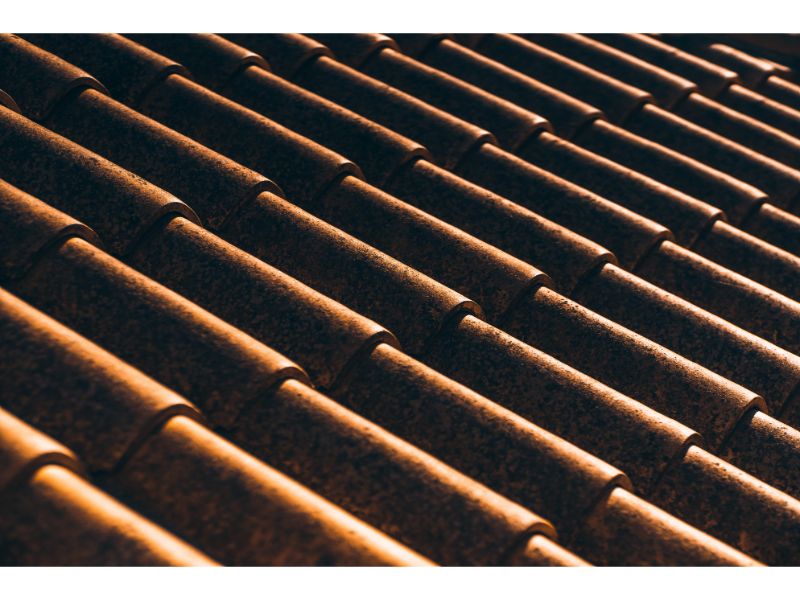Roofing repair is an important part of maintaining the health and appearance of your home. It can help prevent mold, leaks, and excessive weight on the structure of your home.
Roof replacement costs can vary widely depending on the materials and labor needed to install your new roof. Learn about how much to expect to pay in 2023 and what factors contribute to your final bill.
Types of Materials
The roof of your home is an essential part of your living space. It protects you from the elements and provides a sense of comfort and security. If yours is showing its age it may be time for a repair or replacement. A reputable roofing company can provide you with the expertise and guidance to make smart choices that will pay off big time in the long run.
The materials used in a roof replacement or repair can significantly impact the project’s price tag. Roofing material options are endless, from the traditional slate thatch and asphalt to more exotic materials such as polymer roofing, fiberglass tiles and even metals. The cost of your new roof can be a factor of the type of material you select and the amount of labor required to install it. Using the right materials is important in order to avoid costly mishaps down the road.
The best way to figure out your budget is to shop around for prices from competing companies and get estimates. This will allow you to find the most qualified roofers who have the experience and credentials to perform your roof replacement or repair.
Labor of Contractor
Roof repair contrator can vary in price based on the roof’s material, location, age and features. A dormer that juts out from the side of a house may cost more to repair than a chimney or vent.
The shingles and flashing around vents, chimneys and skylights can also be damaged leading to leaks and water damage. If this happens the flashing and shingles will need to be replaced.
Materials are the largest factor in a roof’s overall cost accounting for 40% of the total budget. The cheapest product is asphalt shingles while metal and premium shingle options cost more.
Roofing contractors typically charge about $2 per square foot for labor, including removing the old roof and making necessary repairs. Labor rates are higher for steep, difficult-to-reach roofs and for specialized work like removing ice dams.
Homeowners Insurance
Homeowners insurance is designed to cover damage to your home caused by sudden and unexpected perils. This includes events like fire, wind, hail, explosions, riots of civil unrest, theft and volcanic eruptions.
In most cases, homeowners insurance will pay for roof repairs or replacement if it’s deemed necessary by an adjuster. The insurer will send out an inspector to inspect the damaged roof and give an assessment to the homeowner.
Repair coverage typically pays a percentage of the repair costs based on the depreciation of your roof. This means that a 15-year-old roof with a 10-year warranty will have a much lower payout than a newer, less-damaged roof.
This is one of the reasons why it’s so important to document any damage as soon as possible. If you wait to make a claim, the insurance company may not have enough information to assess your loss and decide whether or not it should be covered.
Roofing Warranty
A roofing warranty sometimes referred to as a certification is a document that guarantees that the work done by a licensed contractor will hold up for a certain period. It is an important part of roof maintenance and saves homeowners from unexpected repairs and re-roofing costs.
There are two types of warranties that you can get when undergoing a roof replacement: manufacturer material warranties and workmanship warranties. Both of these warranties offer comprehensive coverage and protect different aspects of the roof.
Generally, a manufacturer material warranty will cover the roofing materials themselves, such as shingles or metal, for 20-50 years. This type of warranty provides comprehensive protection in the event of material failure, but it doesn’t cover shingle failure due to installation errors.
A workmanship warranty on the other hand covers a range of issues that occur as a result of a poor installation or substandard repairs. These include shingle damage, caulking deterioration, flashing failure, and vent problems. The length of a workmanship warranty varies from contractor to contractor but many offer up to 25 years.


